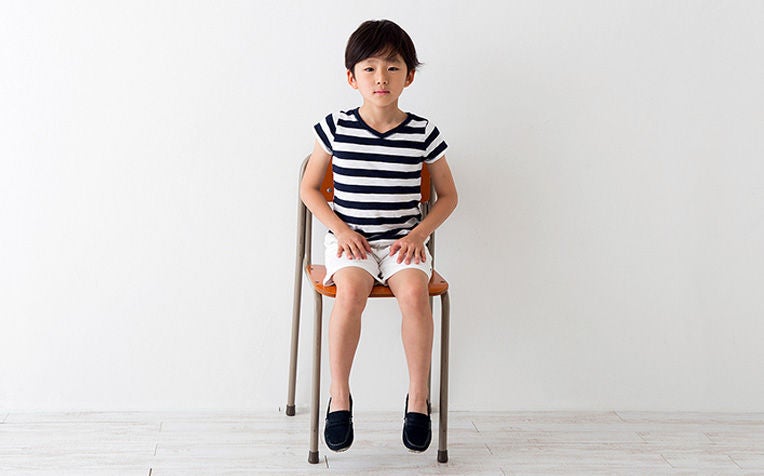
Lower limb strengthening exercises help to maintain and improve functional strength in the core muscles and lower limb joints. It also assists with overall circulation and encourages functional mobility.
Strengthening exercises are important to maintain and improve functional strength in the core muscles and the lower limb joints. It also assists with overall circulation and encourages functional mobility.
Safety precautions when exercising
Ensure that you had been taught the recommended exercises by a physiotherapist before carrying them out.
Ensure the child is near a supporting surface or an attentive adult during exercises especially balance activities.
Observe for signs of pain or discomfort – if pain occurs, stop and check in with your physiotherapist before continuing further.
Your exercise regime
![]() Repeat exercises
as recommended by your physiotherapist – check in with your therapist on the recommended number of sets per day
Repeat exercises
as recommended by your physiotherapist – check in with your therapist on the recommended number of sets per day
![]() Ensure adequate rest and hydration between sets
Ensure adequate rest and hydration between sets
Knee (independent) exercises
Resisted knee extension Aim: To strengthen your thigh muscles. Instructions: Place resistance band just above your ankles of both legs. Position yourself in sitting in a chair, thighs supported and feet on the floor. Slide one foot backwards and keep it flat on the floor. Tighten the muscles in your opposite thigh and straighten that knee. Return to the starting position slowly. Do 20 repetitions | /resisted-knee-extension.jpg) |
Resisted knee flexion Aim: To strengthen the muscles in the back of your knee. Instructions: Tie resistance band to a fixed structure in front of you and place band around your ankle. Starting with your knee straight, bend the knee to 90 degrees and return slowly. Do 20 repetitions | /resisted-knee-flexion.jpg) |
Ref: K21
Check out other articles on seizure and epilepsy in children:
Epilepsy and Seizures: Causes, Types and How to Manage
Seizure and Epilepsy Action Plan
Epilepsy: Treatment and Diet Tips
Child Neurological Conditions: Care Tips Resource

















 Get it on Google Play
Get it on Google Play